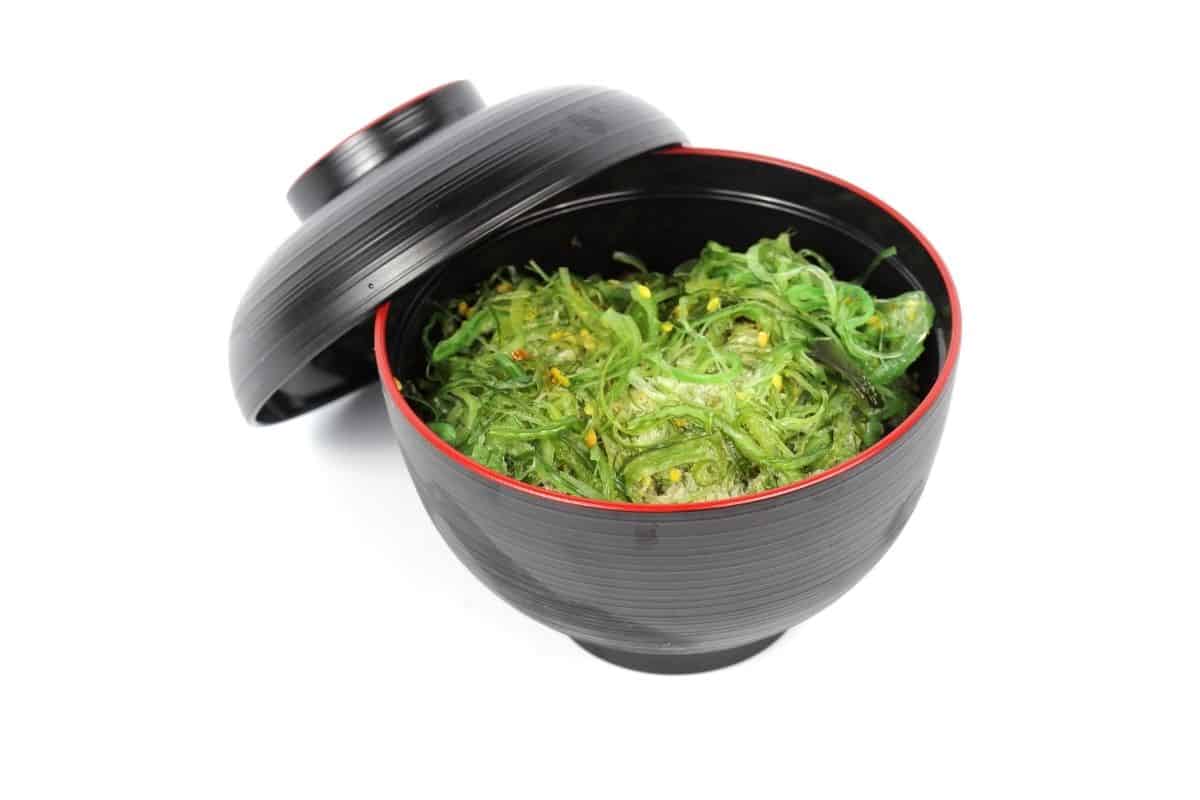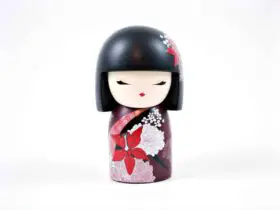One of the most important ingredients among many traditional Japanese dishes is seaweed. It’s an important vegetable packed with vitamins, minerals, and nutrients not often found in other foods. Since it comes from the sea, it offers concentrated levels of iodine.
Surprisingly seaweed is considered a vegetable. More precisely it’s sometimes called a sea vegetable.
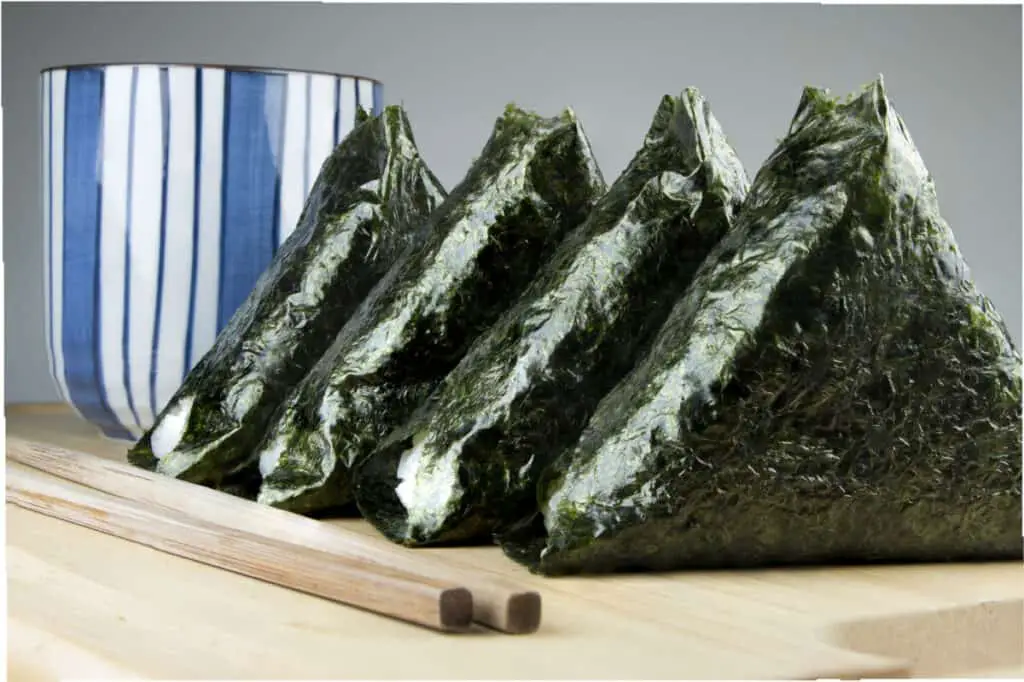
There are seven main types of Japanese seaweed, or kaisō (海藻). They are hijiki, kombu, mozuku, nori, ogonori, umibudo and wakame. Each has a unique flavor and adds a special texture while being low-calorie and dense with micronutrients. They go well in sushi, miso soup, and salads.
There are several other kinds of seaweed varieties popular and used in cuisine throughout Japan. However, the following seven types are one’s visitors and foodies will most commonly encounter when seeking that authentic, traditional Japanese cuisine experience.
1. Hijiki
Found along the rocky coastlines of Japan, hijiki is a dark brown and short seaweed that turns black after boiling and drying. Once dried, it has a very salty, strong taste and appears like thin strands once reconstituted.
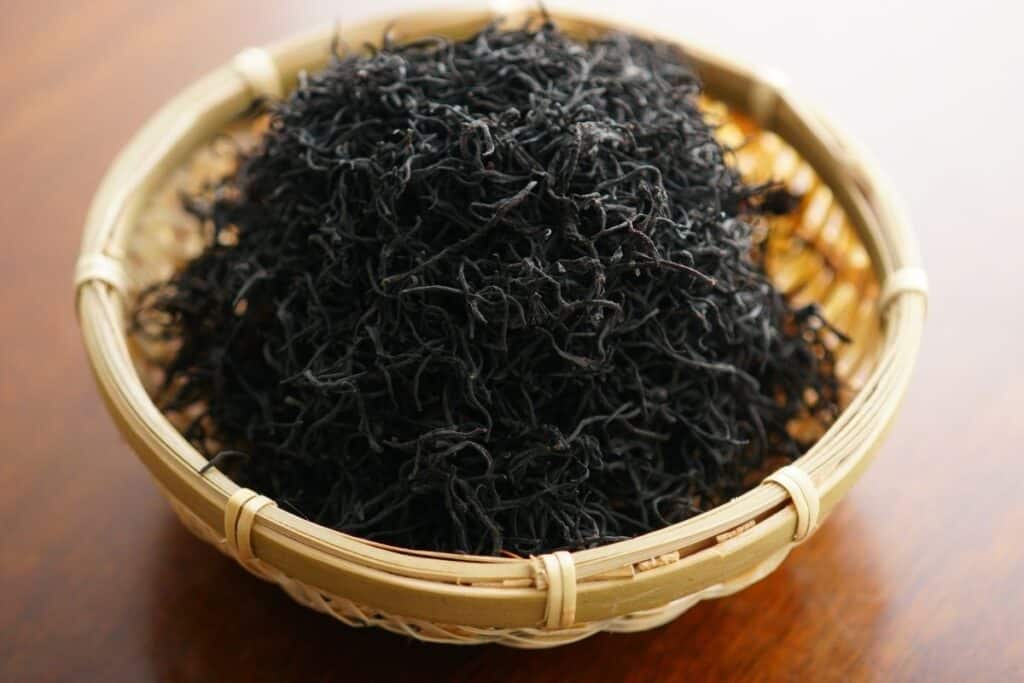
In Japan, Hijiki simmers with vegetables or fish combined with seasonings like soy sauce and sugar. It can also go into salads. There is a dish called Hijiki No Nimono, in which thin carrot strips and hijiki along with deep-fried tofu simmer in soy sauce, mirin (a rice cooking wine), and dashi soup stock.
Hijiki is full of iron, dietary fiber, magnesium, and calcium. However, recent studies show slightly elevated levels of arsenic, a carcinogen. So, it’s advisable to eat it is very sparing amounts.
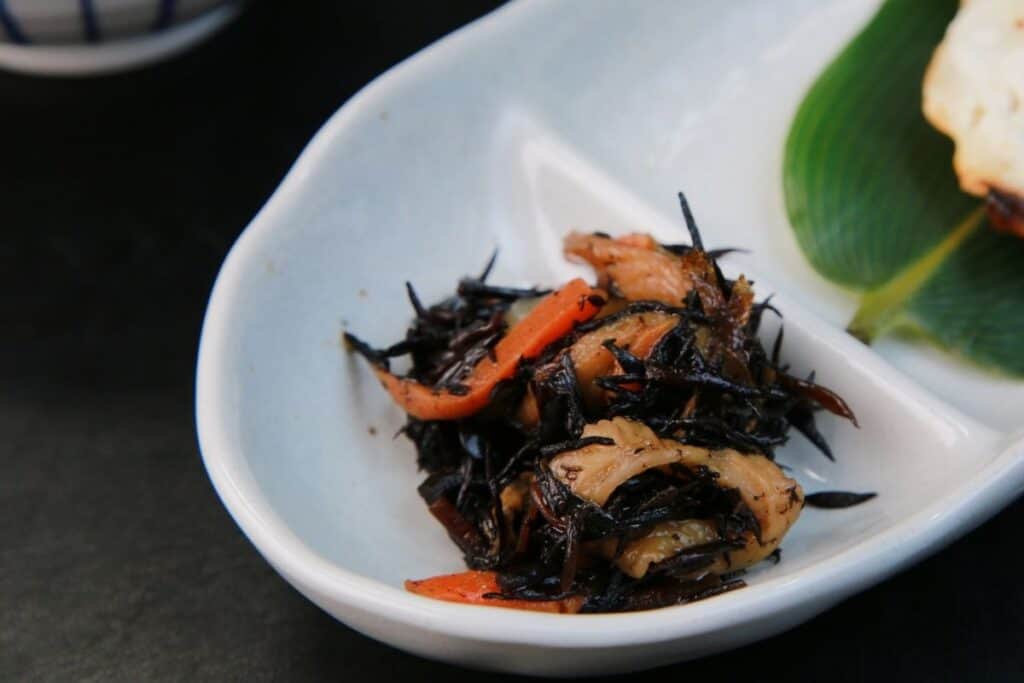
2. Kombu
Another member of the kelp family famous for being part of the blend that makes up Kombucha, kombu is an integral component of Japanese cuisine. It’s the main ingredient for dashi, a clear but flavorful soup stock that is the crowning glory of many traditional dishes of Japan.
It’s greenish-brown and often sold dry in broad strips. These reconstitute and go in things like dashi, sushi rice, and shabu shabu broth. Kombu is also a key ingredient for many different types of hotpot dishes.
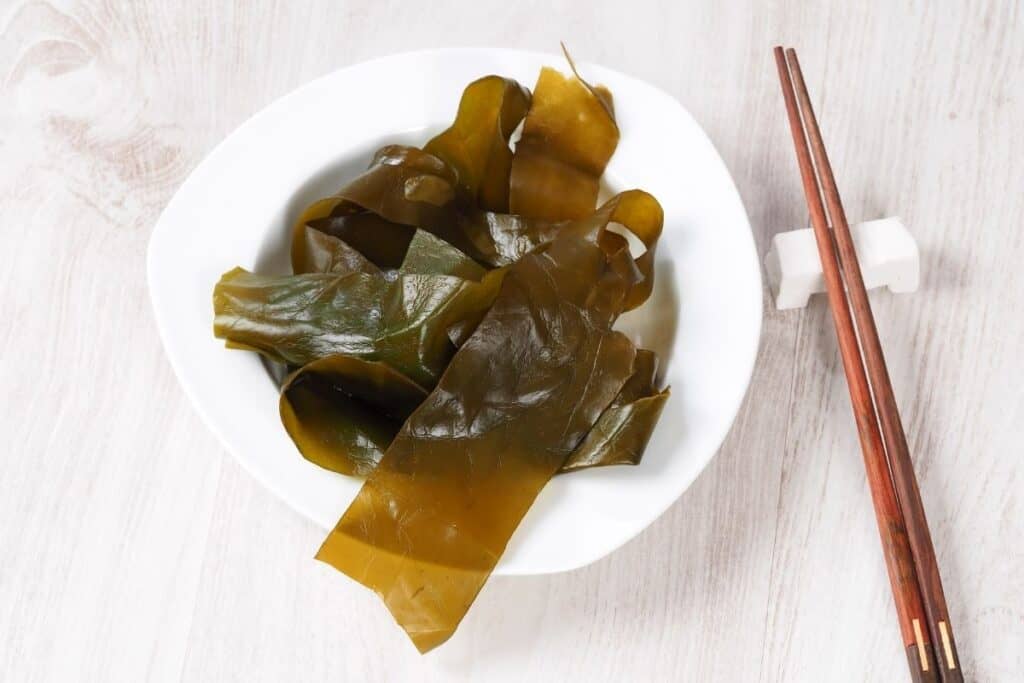
In its powdered version, kombu is perfect for Kombucha tea which is not like the popular probiotics drink. People consume kombucha tea for health and wellness.
3. Mozuku
Known as the pride of Okinawa, mozuku is a brown seaweed that’s also a superfood. It comprises very thin leaf strands with a slightly slimy texture. It often comes as a small side dish soaked in vinegar.
Found at Japanese supermarkets as individual packs, many restaurants serve it. In Okinawa, it’s common to have it tempura-style.
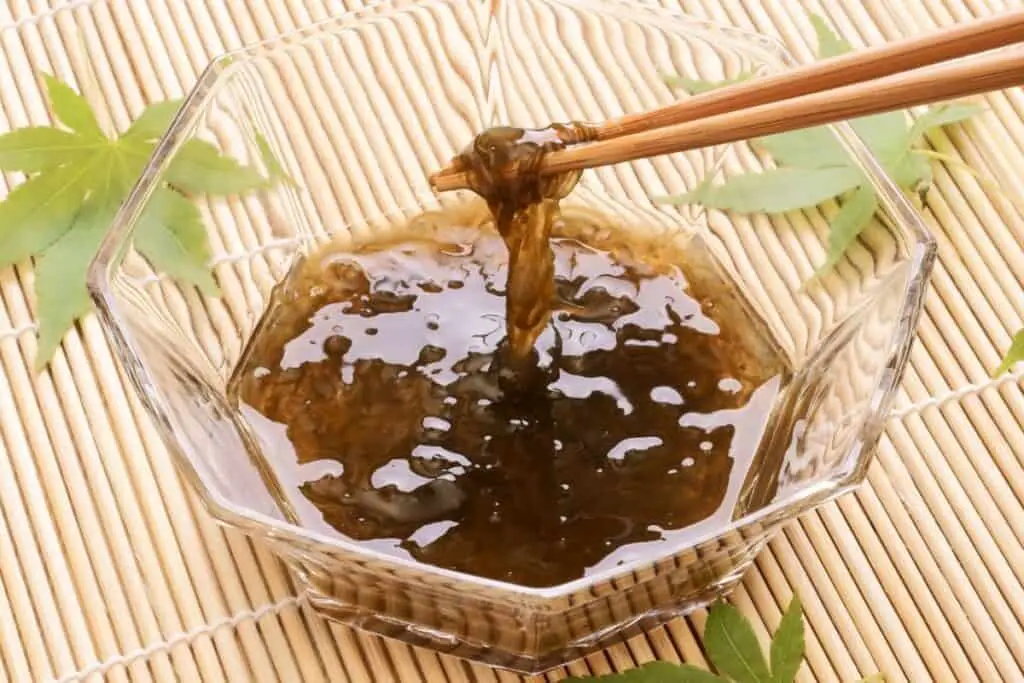
Almost all of the world’s supply of mozuku comes from the southern archipelago of Japan around Okinawa. In fact, it’s known as being the spot with the longest human life span expectancy. This is due mostly in part to the phytonutrients and micronutrients found in the seaweed. Studies prove how it may suppress tumors.
4. Nori
Nori is a very recognizable seaweed, found mostly in sushi. It’s a red seaweed that turns dark green or black when dried or toasted. These often press into very thin sheets before drying. Many people also snack on them or put them in rice balls (onigiri) as well as a topping or condiment for ramen dishes.
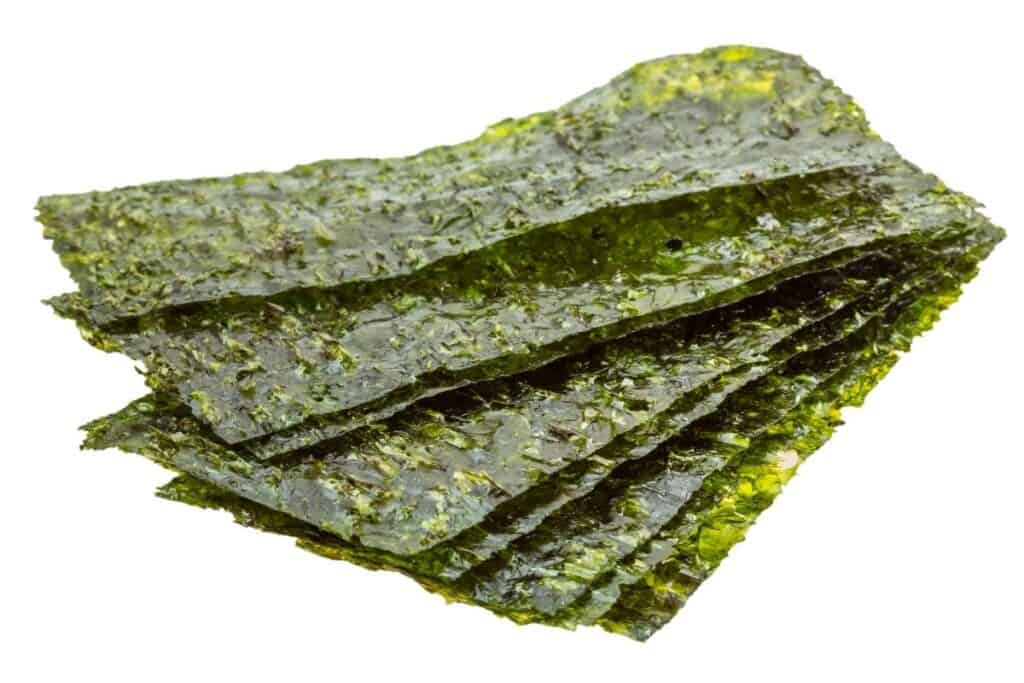
It’s widely available and found at most supermarkets, grocery stores, and specialty Asian food shops. However, because of nori’s fragility, it can easily absorb moisture from the air. Therefore, it must have an airtight storage container with a desiccant to prevent it from getting soft.
5. Ogonori
Also known as sea moss, ogonori is purplish-red or dark green seaweed. It comes pickled or goes into salads. This is the source of agar agar, a jelly type of substance that makes a perfect vegan replacement for animal gelatin. Agar agar comes from boiling ogonori.
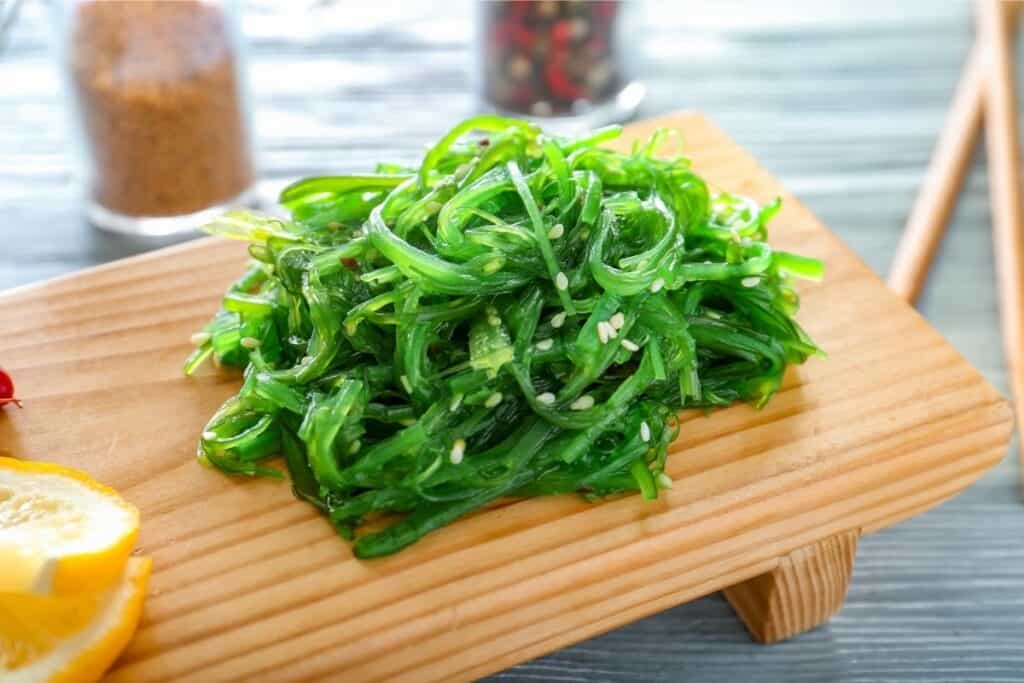
But, it also comes in dried strips or a powdered form. It’s good for jellies, puddings, custards, and other desserts. Ogonori is one of the few types of seaweed that’s sweet enough for confectionary sweets in Japan.
6. Umibudo
One of the few varieties of seaweed sold fresh is umibudo, which literally translates to “sea grapes.” Being sold fresh preserves the clusters of spherical leaves which grow on elongated stems. They are similar to caviar, with small pearls that burst on the palette when eaten. It’s like having little explosions of the sea’s brininess fill the taste buds.
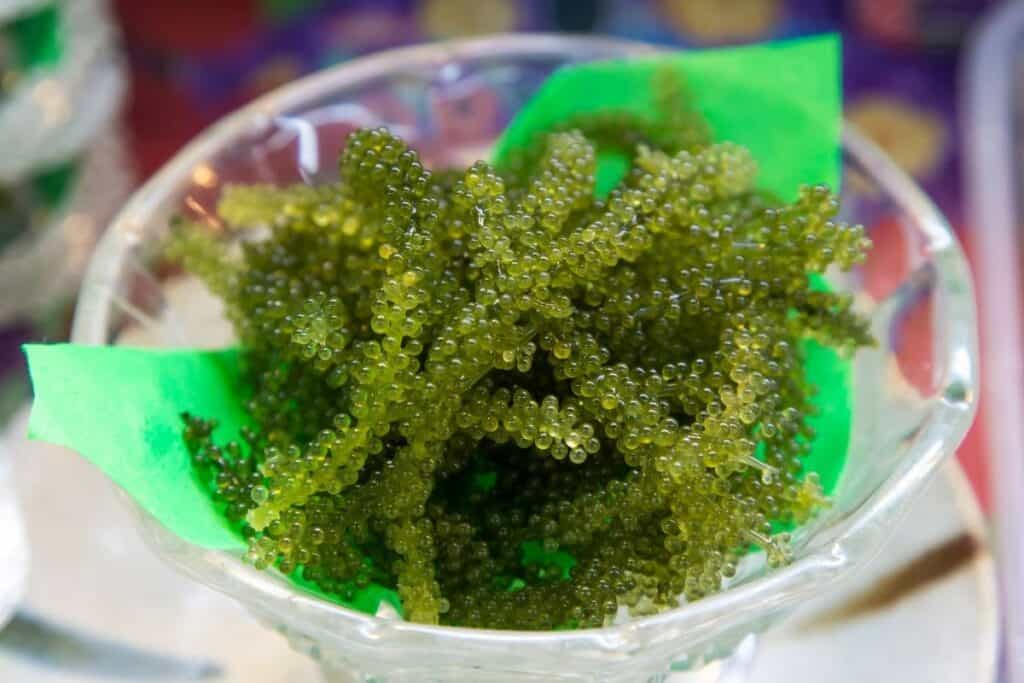
Umibudo is a famous seaweed and a primary food of Okinawa cuisine, being a common staple in many local dishes. Its taste and nutritional value are something of a delicacy. It’s such a valued seaweed, it also has the nickname “longevity seaweed.”
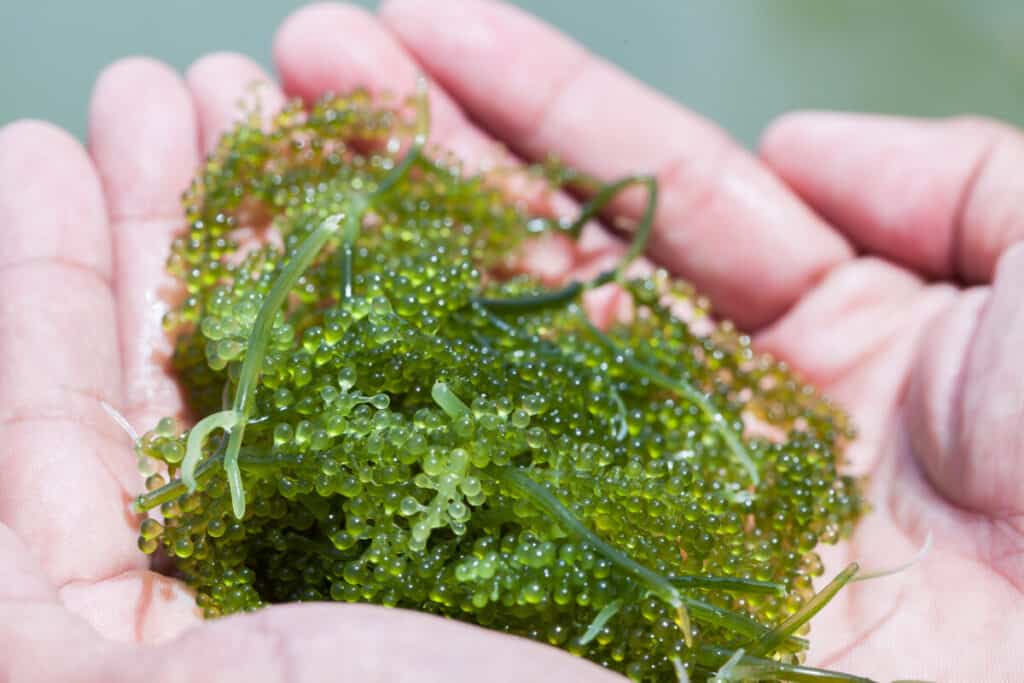
Served fresh, it undergoes blanching and then shocking in cold water. This removes extra sea salt and people enjoy them with soy sauce or vinegar. Because of its freshness, umibudo is difficult to come by or find outside of Okinawa.
7. Wakame
Yet another popular seaweed included in a variety of Japanese dishes is Wakame. It’s brown kelp with slippery, thick fronds. These are dark green when dry and have an ever-so-light sweet flavor with a silky texture. It’s good in salads, miso soup and comes packaged dried, or salted.
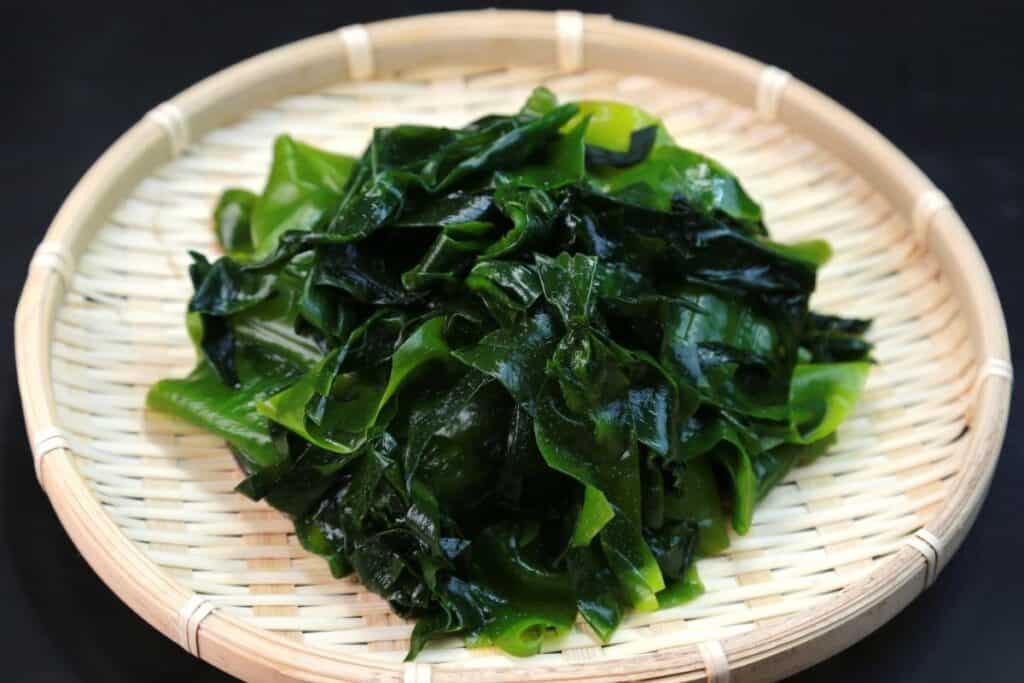
Once reconstituted, it expands greatly upon cooking. Overcooking can result in a certain undesirable sliminess. But, if cooked just right, adds a fantastic texture to food that’s difficult to describe. It’s definitely a kind of seaweed you must experience to understand.
Final Thoughts On Exploring Japanese Seaweed
There are many other seaweed varieties the Japanese consume in their diet, but these seven are the most common ones that tourists will dine on in their travels across Japan. They offer a huge boost of vitamins and nutrients to many dishes. Some are so integral to the local cuisine, they’re what give Japanese food its characteristic flavors.
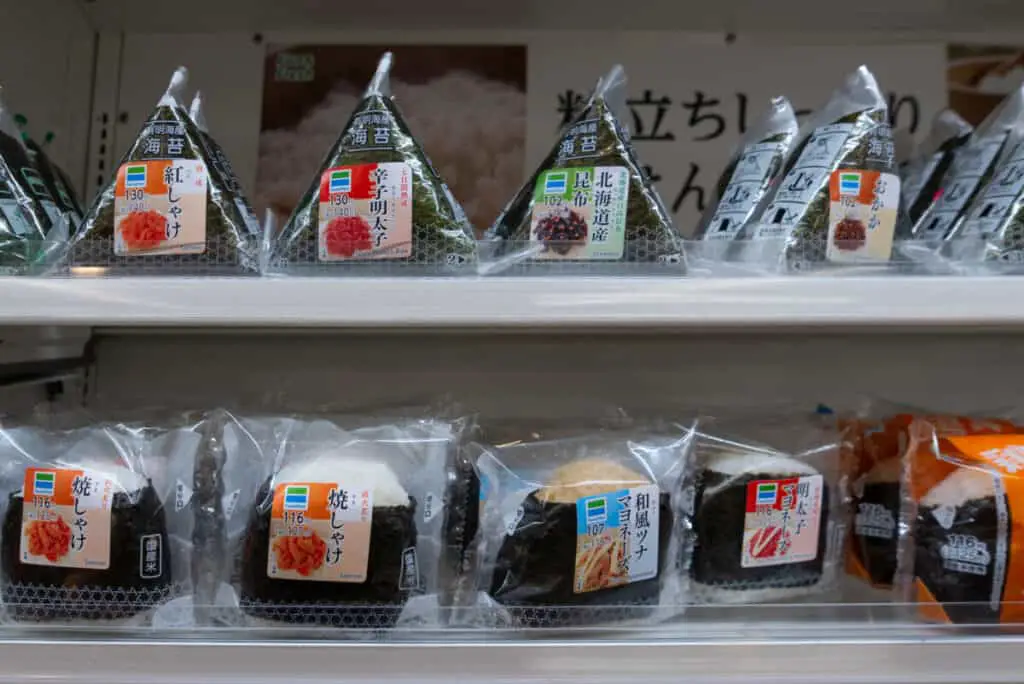
They provide texture and taste while giving the benefits of minerals not often found combined together on dry land.
Because most of them come dried, they’re great for snacking or adding a little crispiness to things like ramen noodles. They’re often good on soups, salads, sushi, and other rice or noodle dishes.
Farming seaweed in Okinawa

